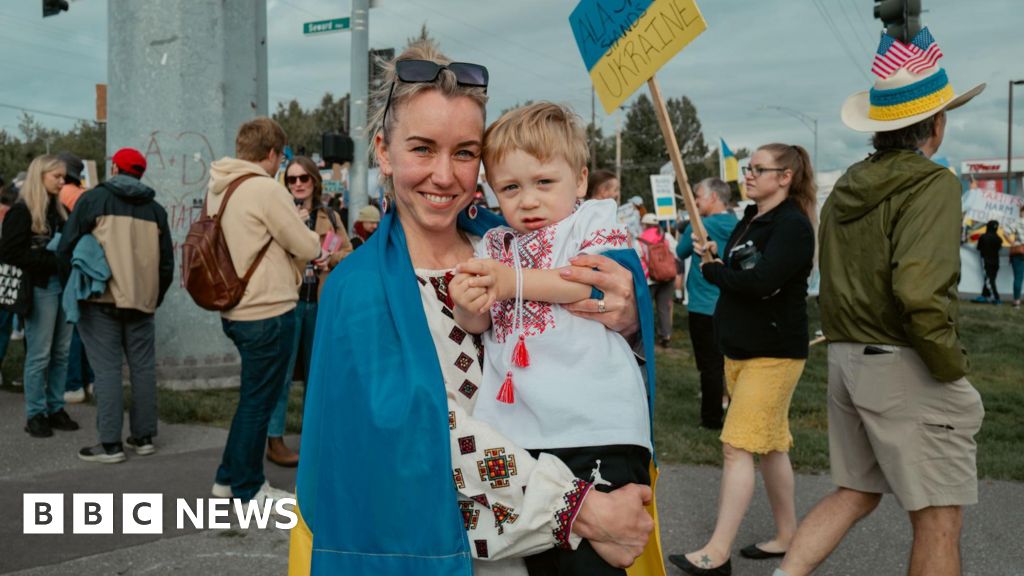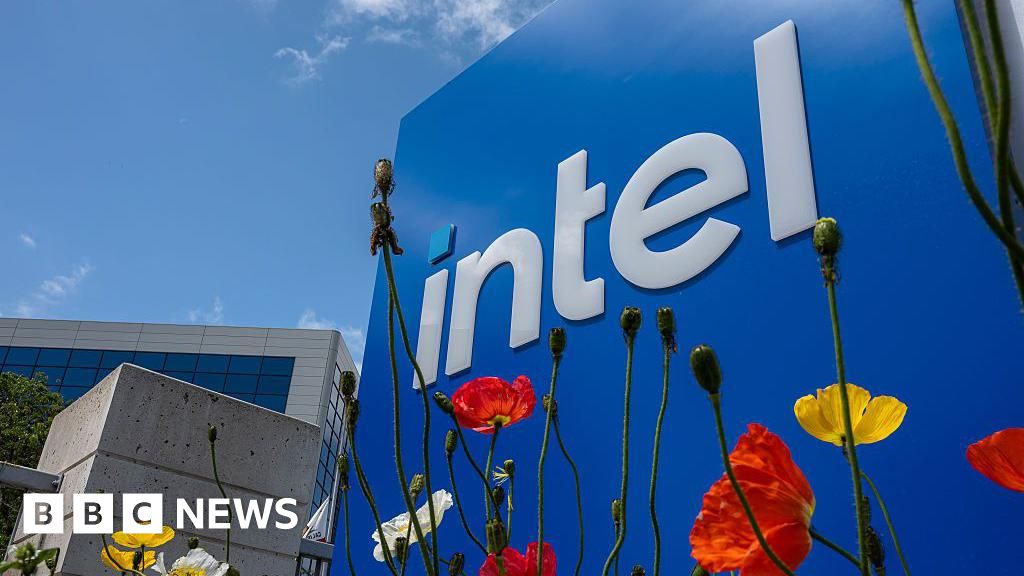Gig work could be the secret to expanding access to college

Nailah Williams discovered her path to a college degree in the most unlikely place: behind the wheel of her Uber.
After years of jobs that forced her to choose between earning a paycheck and pursuing an education, she joined a program where Uber would cover her tuition for online classes at Arizona State University (ASU), where I teach. Created in 2018, the program covers tuition at ASU for drivers anywhere in the U.S. (or their beneficiary such as a child, spouse, or parent) who had completed at least 3,000 rides and met the rating requirements.
With the newfound flexibility to work and study when she wanted, Nailah was able to complete a degree in urban planning while supporting herself and her family.
Nailah isn’t alone. Across America, changes to how we work and learn are reshaping who is able to go to college.
The Job-Education Problem
According to the National Center for Education Statistics, 45% of full-time college students have a job, and around one in four of these are employed full-time. Historically, balancing work and school has taken a heavy toll. Past research found that the more students worked—especially beyond 15–20 hours a week—the more their grades, time spent studying, and graduation rates suffered.
What happens when both work and education bend to fit students’ lives, instead of the other way around? To find out, my colleagues Spencer Perry, Basit Zafar, and I studied the unique partnership between Uber and ASU that funded Nailah’s tuition. We analyzed data for hundreds of participating students and thousands of their classmates.
The results were dramatic. Unlike in traditional jobs, participating students could take on more work hours with almost no impact on their grades (and vice versa). When students increased their study time by 10%, their work hours dropped by just 1% and their income, tips, and performance ratings barely changed. They passed their classes at about the same rate as a matched group of similar students attending classes in-person.
Even more remarkable was who these students were. The initiative opened up ASU’s online courses to a whole new population. Nearly half of participants were not in college before enrolling in the program. Their average age was 39, a full 14 years older than the typical ASU online student. They were more racially diverse, had higher financial need, and were more likely to be first-generation college students. Yet they harbored the same high expectations for their degrees and the resulting career and financial benefits.
The Power of Flexibility
The magic ingredient bringing college within reach for these students wasn’t just free tuition. It was flexibility. In a survey we conducted, program participants were three times as likely to say they’d enroll in college if work was flexible and classes were online than with traditional, rigid schedules.
Our research points to a massive opportunity for more people to get a college education. As artificial intelligence reshapes the job market and economic uncertainty grows, millions of workers, young and old, need new skills and credentials. With newfound flexibility, students can earn while they learn, leveling up without taking on crushing debt.
Universities that embrace this shift will capture new markets and expand their student populations. They should aggressively recruit gig workers and develop self-paced programs that can be done anytime, anywhere. They should create support systems for working students, from flexible on-campus jobs to childcare resources to time management coaching. The students are out there, driving for Lyft, delivering for DoorDash, or freelancing online, waiting for someone to make college work for them.
Smart employers see the opportunity too. Companies like FedEx, Chipotle, Amazon, and Gap already offer tuition benefits. But the real winners will combine education support with genuinely flexible schedules and build partnerships with universities that allow their workers to plug into adaptable online learning. In our study, 30% of participants said they would have quit their job with Uber sooner if not for the partnership with ASU—proof that these programs help attract and retain workers.
The question isn’t whether flexibility will reshape education and employment—it’s whether institutions will embrace the change or be left behind. People like Nailah are ready and waiting for their opportunity. More partnerships like the one between ASU and Uber can help level the playing field and offer a path to success for students who have been shut out from higher education for too long.
What's Your Reaction?
 Like
0
Like
0
 Dislike
0
Dislike
0
 Love
0
Love
0
 Funny
0
Funny
0
 Angry
0
Angry
0
 Sad
0
Sad
0
 Wow
0
Wow
0






























































































